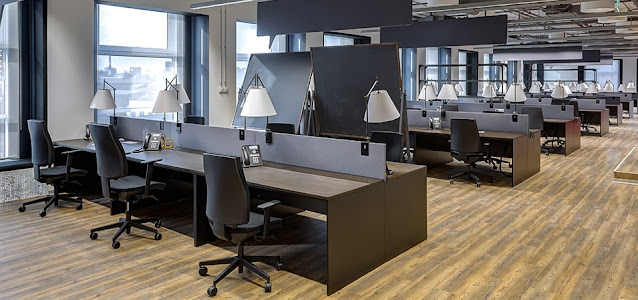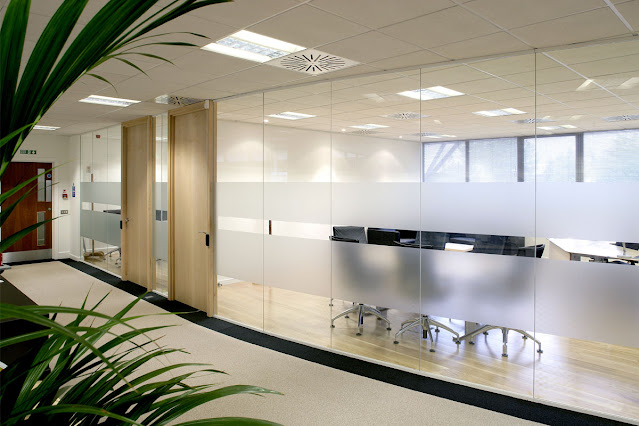Choosing the Right Flooring for Your Office Space
When it comes to designing an office space, flooring is an important consideration that can have a significant impact on the overall look and feel of the space. Not only does flooring affect the aesthetics of the office, but it also plays a role in comfort, safety, and productivity. In this blog, we'll explore some of the factors to consider when choosing the right flooring for your office.
Durability and Maintenance
One of the most important factors to consider when choosing office flooring is durability. The flooring should be able to withstand heavy foot traffic, furniture, and equipment without showing signs of wear and tear. Additionally, the flooring should be easy to maintain and clean, especially in high-traffic areas.
There are several flooring options that offer durability and low maintenance, such as carpet tiles, luxury vinyl tiles (LVT), and hardwood floors. Carpet tiles are a popular option for offices as they are easy to replace if damaged, and can be cleaned and maintained with regular vacuuming. LVT is also a good option as it is durable and resistant to scratches, stains, and water damage. Hardwood floors are a classic option that offer durability and can be refinished to remove scratches and dents.
Aesthetics
The aesthetics of the flooring play an important role in creating a professional and inviting office environment. The flooring should complement the overall design of the office and reflect the company's brand and image. The color and pattern of the flooring should also be chosen based on the lighting and furniture in the office space.
Carpet tiles offer a range of colors and patterns to choose from, making it easy to find an option that matches the office's design. LVT also comes in a variety of patterns and colors, including options that mimic the look of hardwood or stone floors. Hardwood floors offer a timeless look that can complement any office design.
Safety
Safety is another important factor to consider when choosing office flooring. The flooring should be slip-resistant to prevent accidents and injuries, especially in areas where spills and moisture are common.
Carpet tiles and LVT offer slip-resistant options that can provide a safe and comfortable work environment. Additionally, hardwood floors can be treated with slip-resistant coatings to improve safety.
Acoustics
Office acoustics can greatly affect productivity and employee comfort. Flooring can play a role in controlling noise levels by absorbing or reflecting sound waves. An office with high noise levels can lead to distractions and reduced productivity.
Carpet tiles and LVT offer acoustic benefits as they absorb sound waves, reducing noise levels in the office. Hardwood floors can be noisy if not properly installed or if the wrong underlayment is used, but they can also provide a warm and inviting sound in the office space.
Cost
Finally, cost is an important consideration when choosing office flooring. The flooring should fit within the budget of the office while still meeting the needs of the space.
Carpet tiles and LVT are generally more affordable than hardwood floors, but they can still offer durability and aesthetics. Hardwood floors are a more expensive option but can provide a classic look and can add value to the office space.
In conclusion, choosing the right flooring for your office space requires careful consideration of factors such as durability, maintenance, aesthetics, safety, acoustics, and cost. By considering these factors, you can find a flooring option that not only meets the needs of the space but also creates a comfortable and inviting work environment.



Comments
Post a Comment